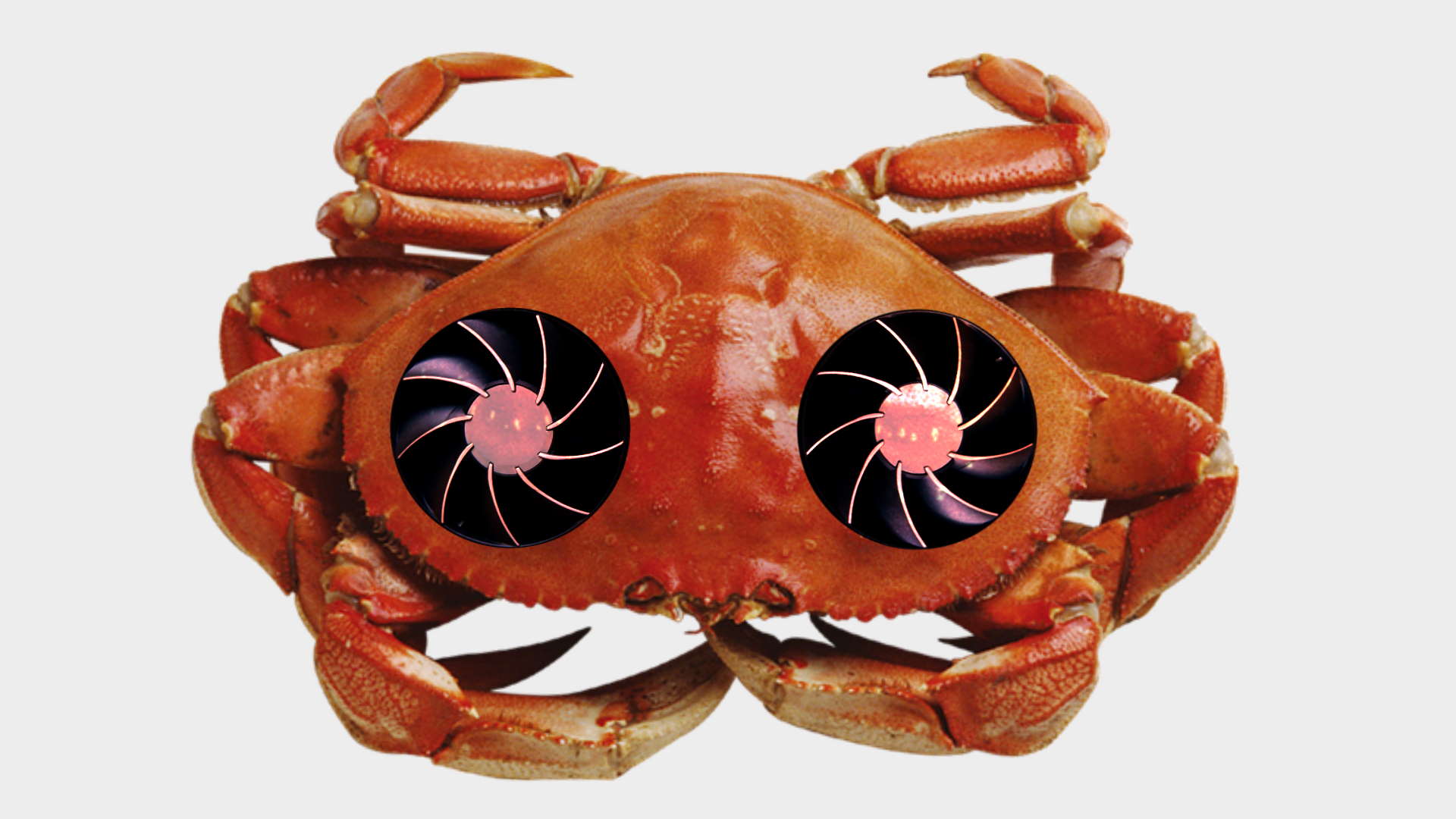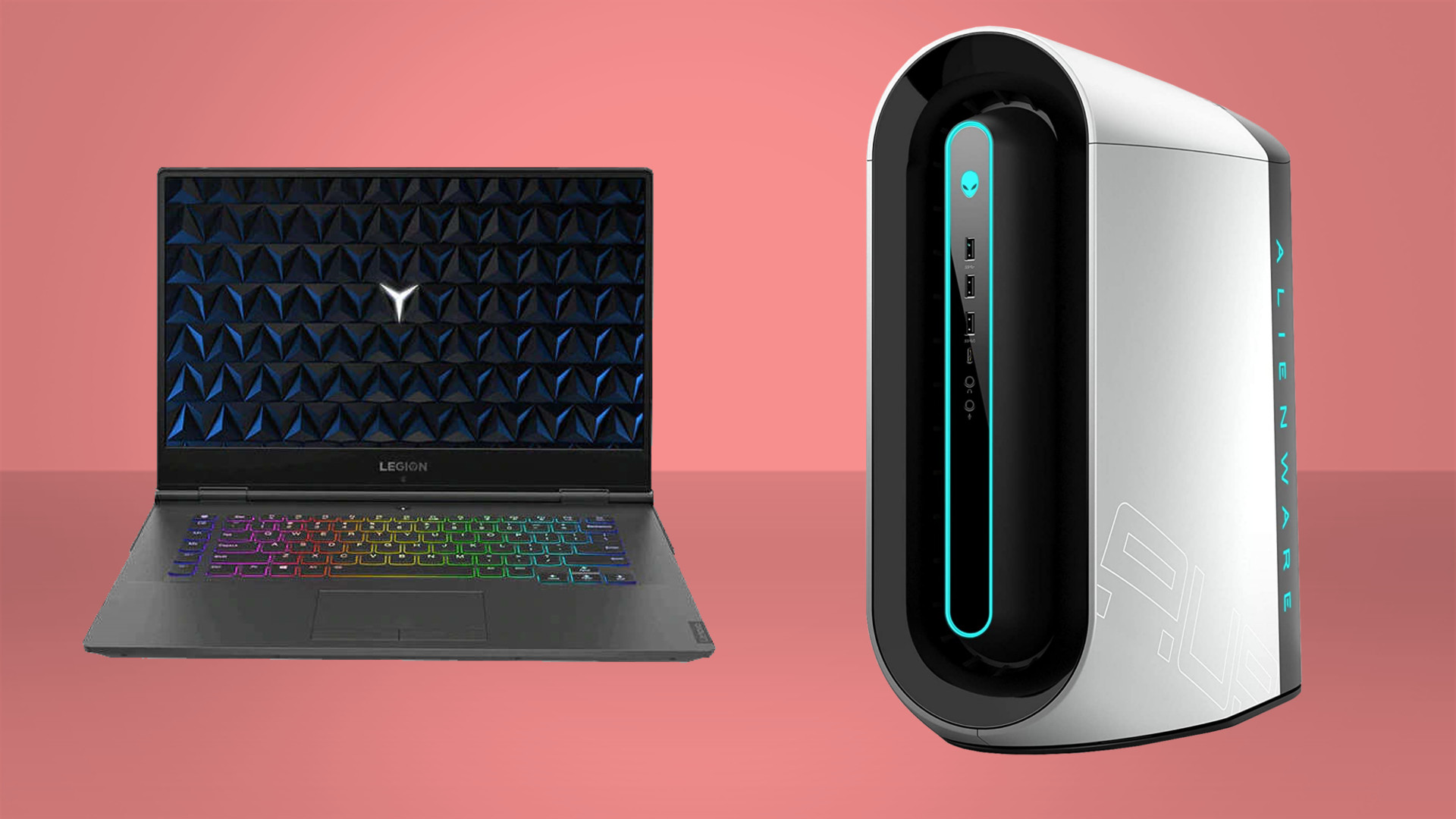Your next PC could be made of crabs
The world of electronics could be sidestepping into the use of crab chitin as an effective and sustainable resource.

We know it's April Fools, but this is super serious stuff (read: not an April Fools joke). Okay, it may not come exactly in the form of the above image (I wouldn't complain), but developments in the field of sustainable electronics research point to chitin playing a big role in advanced nanocarbon fabrication in the future. That means your next round of PC components could involve components made of crab shells, no less.

Best gaming PC: the top pre-built machines from the pros
Best gaming laptop: perfect notebooks for mobile gaming
A research paper published in the Journal of Materials Chemistry C (via phys.org) notes that, through the thermal decomposition of chitin nanofiber paper—a nitrogen rich natural resource—the fabrication process of nanocarbon could see drastic improvements in both efficiency and sustainability.
Chitin, derived from crab shells (among other things), is a biopolymer that this research has shown to be more efficient to manufacture into nanocarbon materials than traditional methods. This is due to its molecular structure, which creates its own source of the natural defects necessary to make it usable. That means one less step in the production process, and less demand for non-renewable resources.
Already a double win for the electronics industry then. But what's more, these chitin nanofiber papers have shown great promise for use in photosensors, as well as effective supercapacitor electrodes. Not only did the the chitin photosensors exhibit a lower resistance to light, the chitin electrodes also showed great promise. Superconductor electrodes essentially store electric charge in an electric field; by using chitin nanocarbon, their 'specific capacitance' was reported to be higher than a lot of alternative, non-sustainable nanocarbon materials today.
So, it may be that somewhere in the near future, these porous 3D nanostructures made from crab chitin could be used in the design of efficient charge networks, photosensors, as well as electrolytes and reactants.
Co-author Hirotaka Koga notes "we are excited about our simple pyrolysis treatment," which has proven the usefulness of a "resource that is generally considered a waste product [and] demonstrates the viability of sustainable electronics."
Crab computers. It's the future, I'm telling you.
The biggest gaming news, reviews and hardware deals
Keep up to date with the most important stories and the best deals, as picked by the PC Gamer team.

Screw sports, Katie would rather watch Intel, AMD and Nvidia go at it. Having been obsessed with computers and graphics for three long decades, she took Game Art and Design up to Masters level at uni, and has been rambling about games, tech and science—rather sarcastically—for four years since. She can be found admiring technological advancements, scrambling for scintillating Raspberry Pi projects, preaching cybersecurity awareness, sighing over semiconductors, and gawping at the latest GPU upgrades. Right now she's waiting patiently for her chance to upload her consciousness into the cloud.

